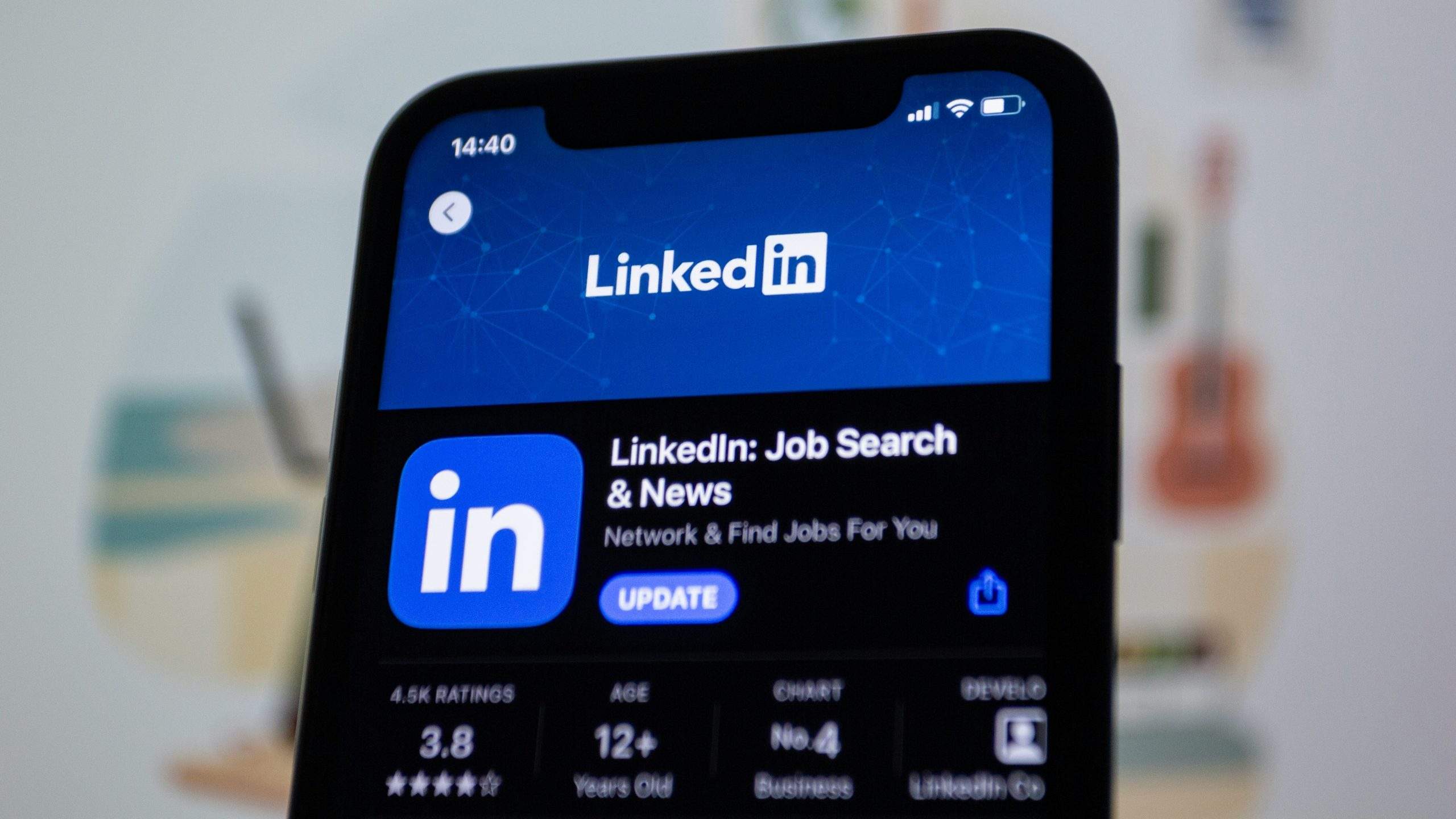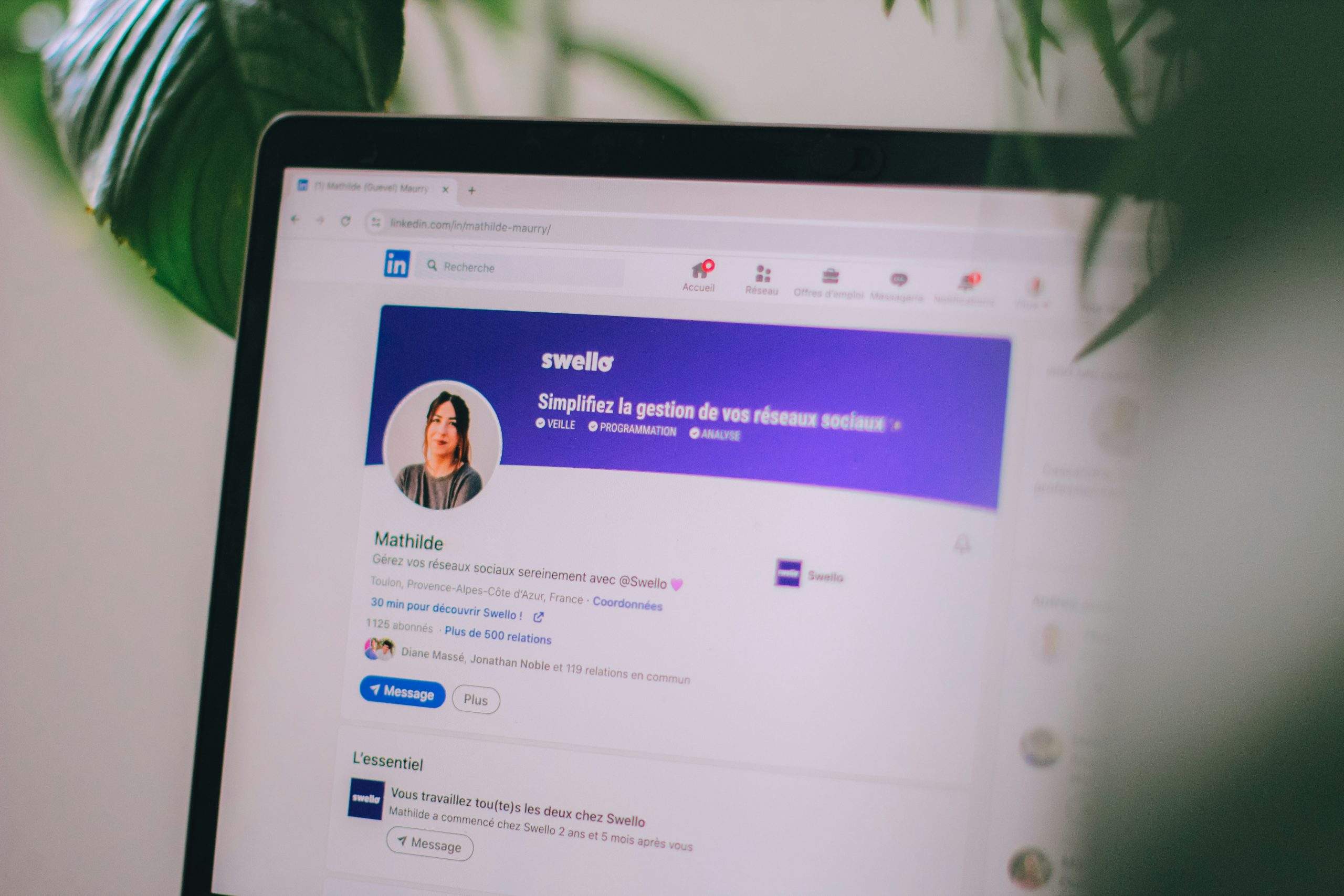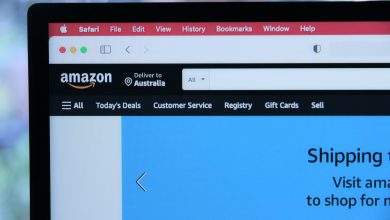
How to hide DOB on LinkedIn?
It’s shocking to realize that simply listing your date of birth on LinkedIn could expose you to identity theft and unwanted solicitations. In today’s digital age, privacy is paramount, especially on professional networks where every detail matters. This article will delve into why you should consider hiding your DOB on LinkedIn and offer practical solutions to do so effectively. You’ll walk away with actionable insights that empower you to manage your online identity with confidence.
Why You Might Want to Hide DOB
In today’s digital landscape, where personal information is often commodified, hiding your date of birth (DOB) on platforms like LinkedIn can be a strategic move. Sharing your DOB can inadvertently expose you to age bias in hiring practices, where potential employers may unconsciously favor younger candidates. By omitting this detail, you not only protect yourself from stereotypes associated with age but also shift the focus onto your skills and experiences—qualities that truly define your professional value.
Moreover, safeguarding your DOB contributes to your overall online privacy. Identity theft is a growing concern, and even seemingly harmless information can be pieced together to create a profile that hackers could exploit. By keeping your DOB under wraps, you add an extra layer of security to your personal data. This proactive approach not only reinforces your commitment to privacy but also empowers you to curate your professional narrative on your terms. In a world where every detail counts, taking control of what you share can make all the difference.
![]()
Steps to Edit Your LinkedIn Profile
Editing your LinkedIn profile is not just about hiding sensitive information like your date of birth; it’s an opportunity to refine your professional narrative. Start by reviewing your headline and summary. These elements should reflect not only your current role but also the value you bring to potential employers or collaborators. Use keywords relevant to your industry to enhance discoverability.
Next, focus on your experience section. Instead of listing job titles, emphasize accomplishments and skills that showcase your growth and adaptability in your field. Incorporate metrics or specific outcomes to give context to your contributions. Additionally, don’t overlook the power of endorsements and recommendations; actively seek out feedback from colleagues that highlights your strengths while subtly reinforcing your professional brand. This holistic approach not only strengthens your profile but also aligns it with your career aspirations, making it a powerful tool for networking and job searching.
Adjusting Privacy Settings on LinkedIn
Adjusting your privacy settings on LinkedIn is not just about hiding your date of birth; it’s a vital step toward controlling your professional narrative. Many users overlook the power of these settings, allowing the platform to dictate what information is publicly accessible. By delving into your privacy settings, you can curate a profile that reflects your professional persona without exposing personal details that could be misused. For instance, consider limiting who can see your connections or adjusting the visibility of your profile photo—small changes that can significantly enhance your online security.
Moreover, embracing the nuances of LinkedIn’s privacy options can foster a more intentional networking experience. By customizing your settings, you can decide which updates appear in your network’s feed, ensuring that only relevant achievements and milestones are showcased. This selective sharing not only protects sensitive information but also helps you maintain a polished professional image that resonates with potential employers or collaborators. Remember, in the digital age, being proactive about your privacy is not just prudent; it’s essential for building a trustworthy and credible professional identity.

Limiting Profile Visibility to Connections
When it comes to safeguarding your personal information on LinkedIn, limiting your profile visibility to connections is a strategic move that offers enhanced privacy. By restricting who can view your profile, you not only control your digital footprint but also foster a more secure networking environment. This approach allows you to connect with potential employers or collaborators without exposing your entire professional journey to the public eye. Imagine curating an exclusive space where only trusted connections can engage with your accomplishments and aspirations.
Moreover, this level of privacy encourages more meaningful interactions. When you know that your profile is visible only to those you’ve connected with, you’re more likely to share insights, experiences, and even challenges openly. It creates a sense of trust and camaraderie among your connections, fostering deeper relationships that can lead to invaluable opportunities. In a world where oversharing is commonplace, taking this step back can set you apart as a professional who values discretion while still being open to growth and collaboration.
Customizing Your Public Profile Information
Customizing your public profile information on LinkedIn is essential not just for privacy, but also for presenting a professional image that aligns with your career goals. When you take the time to curate what potential employers or connections see, you have the power to highlight your strengths and experiences while minimizing exposure of sensitive data, such as your date of birth. By strategically selecting which sections are visible to the public, you can create a tailored narrative that showcases your expertise and interests without compromising your personal information.
Moreover, consider how the visibility of your skills and endorsements can enhance your profile. Focusing on specific achievements and relevant endorsements can demonstrate your value in a more impactful way than demographic details ever could. This shift in focus not only protects your privacy but also allows you to engage more meaningfully with your network. Ultimately, customizing your profile is about empowering yourself to control the conversation around your professional identity—ensuring that what people see is a curated reflection of who you are and what you bring to the table.

Understanding LinkedIn’s Data Privacy Policies
LinkedIn’s data privacy policies play a crucial role in shaping how users manage their personal information on the platform. Understanding these policies is not just about compliance; it empowers users to take control of their online presence. LinkedIn collects various types of data, including professional history and contact information, but it also provides tools for users to customize their visibility settings. By delving into these options, you can tailor your profile to reveal only what you want others to see, enhancing your professional image while safeguarding sensitive information like your date of birth.
Moreover, LinkedIn’s commitment to transparency means that they regularly update their privacy policies, reflecting changes in data protection laws and user expectations. This dynamic nature presents an opportunity for users to stay informed about how their data is being used and to adjust their privacy settings accordingly. Engaging with these policies not only helps you protect your personal information but also fosters a more secure and trustworthy online environment. Ultimately, understanding LinkedIn’s approach to data privacy can empower you to navigate the platform with confidence, ensuring that your professional identity remains as polished and private as you desire.
Protecting Your Privacy on LinkedIn
In an age where personal data can be easily exploited, protecting your privacy on LinkedIn is more crucial than ever. While the platform is a powerful tool for networking and career advancement, it also requires users to navigate a maze of privacy settings. One of the most overlooked aspects is the visibility of your personal information, including your date of birth (DOB). By limiting access to this detail, you not only safeguard against identity theft but also control the narrative around your professional persona.
Consider this: every piece of information you share contributes to your digital footprint. By choosing to hide your DOB, you’re sending a clear message that you prioritize your privacy over mere visibility. Additionally, tailoring your profile settings allows you to curate who sees what—ensuring that only genuine connections or potential employers have access to your professional milestones. This strategic approach not only enhances your privacy but also elevates the quality of interactions you have on the platform, fostering more meaningful professional relationships.
Lastly, stay informed about LinkedIn’s evolving privacy features. Regularly reviewing your settings can help you adapt to new tools designed for user safety. By proactively managing your online presence, you position yourself as a savvy professional who values both connectivity and confidentiality, ultimately creating a balanced and secure digital identity.



